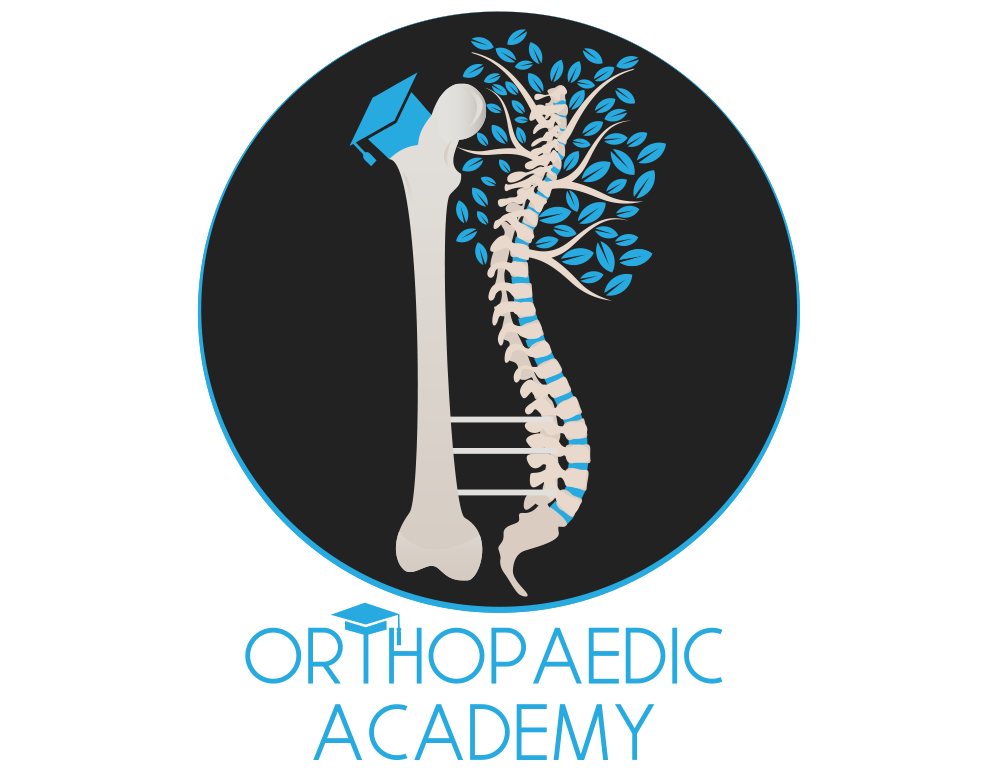Controversies for the FRCS Exam

Periprosthetic Knee Fractures: Fixation vs. Replacement
Periprosthetic fractures around the knee present a challenging dilemma: should they be fixed or replaced?
Primary Replacement:
Pros:
Early Full Weight Bearing (FWB): Allows patients to mobilize sooner, which can enhance recovery.
Less Hospitalization: Quicker recovery can lead to shorter hospital stays.
Cons:
Higher Cost: More expensive than fixation due to the cost of the prosthetic components and surgery.
Open Reduction and Internal Fixation (ORIF):
Pros:
Potentially Less Complex: In some cases, ORIF may be a simpler procedure compared to replacement.
Cons:
Major Surgery: While it might be less complex than replacement, it is still a major surgical intervention.
Ongoing Research: The Knee Fixation or Replacement Trial (KFORT) is currently investigating the best approach for treating these fractures. This study will provide more evidence to guide clinical decision-making.
Clavicle Fractures: Fix or Conserve?
Clavicle fractures can be treated either surgically or conservatively, with significant debate over the best approach.
Fixation:
Evidence: A multicenter RCT by the Canadian Orthopedic Trauma Society involving 132 patients found that surgical fixation leads to:
Less Union Time: Faster healing.
Lower Malunion Rate: Better anatomical alignment.
Better Functional Outcomes: Improved shoulder function post-recovery.
Conservative Management:
Evidence: Studies like Potter et al. have shown similar outcomes with non-surgical treatment, highlighting:
Avoidance of Surgical Complications: Reduced risk of infection and surgical morbidity.
Natural Healing: Most fractures unite without surgical intervention, given enough time.
Lower Cost: Less expensive than surgical fixation.
Cochrane Review: Suggests that the decision should be individualized based on patient risk factors, benefits, and professional needs.
Proximal Femoral Fractures: IMHS vs. DHS
For proximal femoral fractures, two primary surgical options are compared: Intramedullary Hip Screws (IMHS) and Dynamic Hip Screws (DHS).
RCT Findings:
No significant difference in overall outcomes or rehabilitation between IMHS and DHS.
Another RCT indicated that IMHS provides better outcomes in unstable fractures (e.g., reversed obliquity, comminuted posterior buttress, fractures extending to the neck or shaft).
Mechanical Advantages of IMHS:
Allows for compression along the axis of the fracture.
Resists medialization.
Shares the load more effectively.
Puts less stress on the bone as it is nearer to the centre of rotation.
Acute Primary Shoulder Dislocation: Wait or Operate?
The treatment of acute primary shoulder dislocation can be either conservative or surgical.
Cochrane Review (Handoll et al.): There is insufficient evidence to strongly support primary surgical intervention over conservative management. Decisions should be tailored to individual patient circumstances.
Distal Radial Fracture: Plate vs. K-wire
DRAFFT Trial:
Findings: At 12 months, both plating and K-wiring resulted in similar functional outcomes and complication rates.
K-wire Advantages: Easier removal and less soft tissue dissection, making it a less invasive option.
Proximal Humerus Fracture: Operate or Conserve?
Meta-Analysis by Jia et al. (2014): No significant difference in functional outcomes between operative and non-operative treatments for 3-part and 4-part fractures.
Higher reoperation rates in the operative group within 24 months.
PROFHER Trial (Rangan et al., 2014): Found no difference in outcomes, complication rates, or reoperation rates between surgical and non-surgical treatments for displaced proximal humeral fractures.
Humerus Shaft Fracture with Radial Nerve Injury
Shao et al. (2005): Systematic review indicated no significant difference in recovery between primary (88%) and secondary (93%) exploration of radial nerve injuries associated with humeral shaft fractures.
Humerus Fracture: Nail or Plate?
Gosler et al., Cochrane Review (2012): Found no significant difference in outcomes, infection rates, or non-union rates between nailing and plating. However, nailing was associated with shoulder pain, while plating remains the gold standard.
Pilon Fractures: Early or Delayed Fixation?
Span and Plan Approach:
Early primary open reduction and fixation within 48 hours can yield excellent results with low complications if performed by highly experienced surgeons. However, these results may not be generalizable to all surgical contexts.
Syndesmotic Screw: Remove or Keep?
General Rule:
Avoid early removal or removal before mobilization to prevent displacement. Loose or broken screws are preferable to intact screws in terms of patient outcomes.
Fracture of the Calcaneum: Open or Closed Treatment?
RCT Findings:
Surgical treatment did not show significant advantages in outcomes or complication rates after two years compared to non-surgical treatment. Surgery is generally reserved for open fractures or those with gross deformity.
Scaphoid Fractures: Non-Displaced
Management Options:
No clear evidence supports the superiority of casting over percutaneous fixation for non-displaced scaphoid fractures. Both approaches have similar outcomes regarding union rates and functional recovery .
Tendon Repair Rehabilitation Protocols
Active vs. Passive Protocols:
Active protocols have been shown to yield better outcomes and lower contracture rates compared to passive protocols.
SCFE (Slipped Capital Femoral Epiphysis): Early vs. Late Treatment
Timing of Pinning:
Peterson et al. found that early pinning within 24 hours resulted in a lower rate of avascular necrosis (7%) compared to delayed pinning after 24 hours (20%).
Kalogranilis et al.: Suggested fixing severe slips within 24 hours if possible. If not, waiting up to one week may be advisable.






